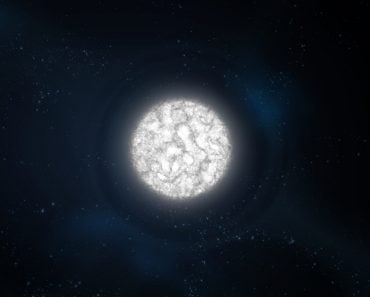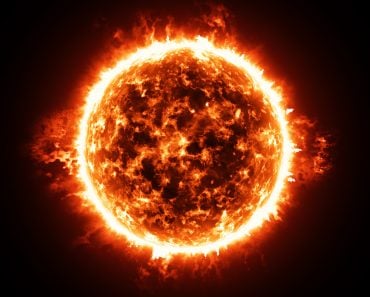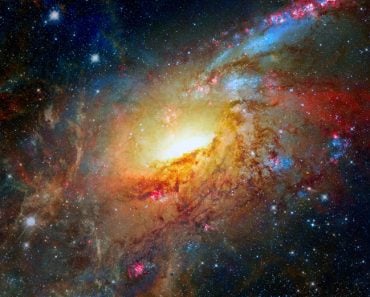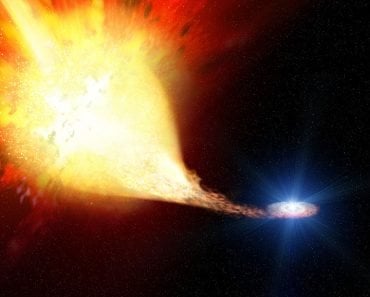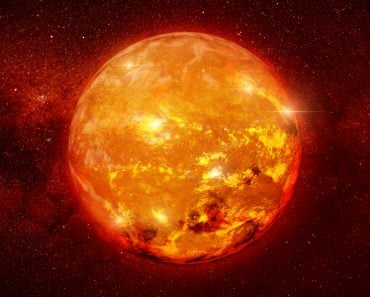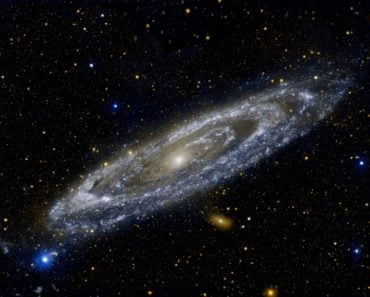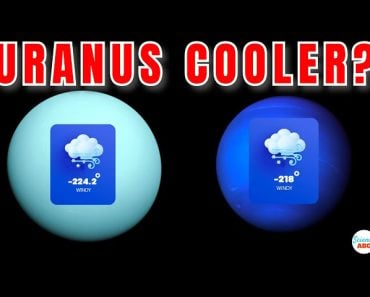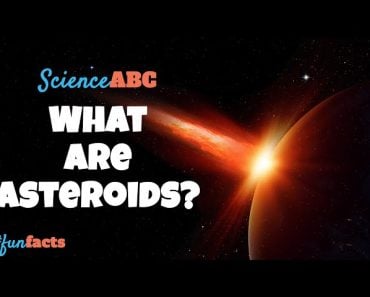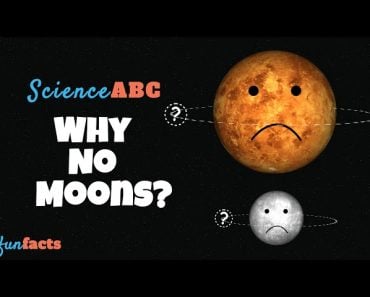Table of Contents (click to expand)
Yes, it is possible for stars to turn into planets. But this happens for only a specific category of stars- called as brown dwarfs.
Have you ever stared up at the stars on a clear night? It makes you wonder about a million things, and every once in awhile, it can make a weird question pop into your head, such as whether stars can become planets. However, before we dive into answering the question, we’ll need to know a little something about stars and planets.
Recommended Video for you:
How Do Stars Die? And What Happens To Them After That?
Let’s take the example of our Sun. The Sun falls into a category of stars called main-sequence stars. These stars produce their energy by the nuclear fusion of hydrogen to form helium inside their cores. This energy is released in the form of heat and light. The energy released also maintains the pressure required, so they don’t collapse inwards. In general, stars stay in this phase for about ten billion years.
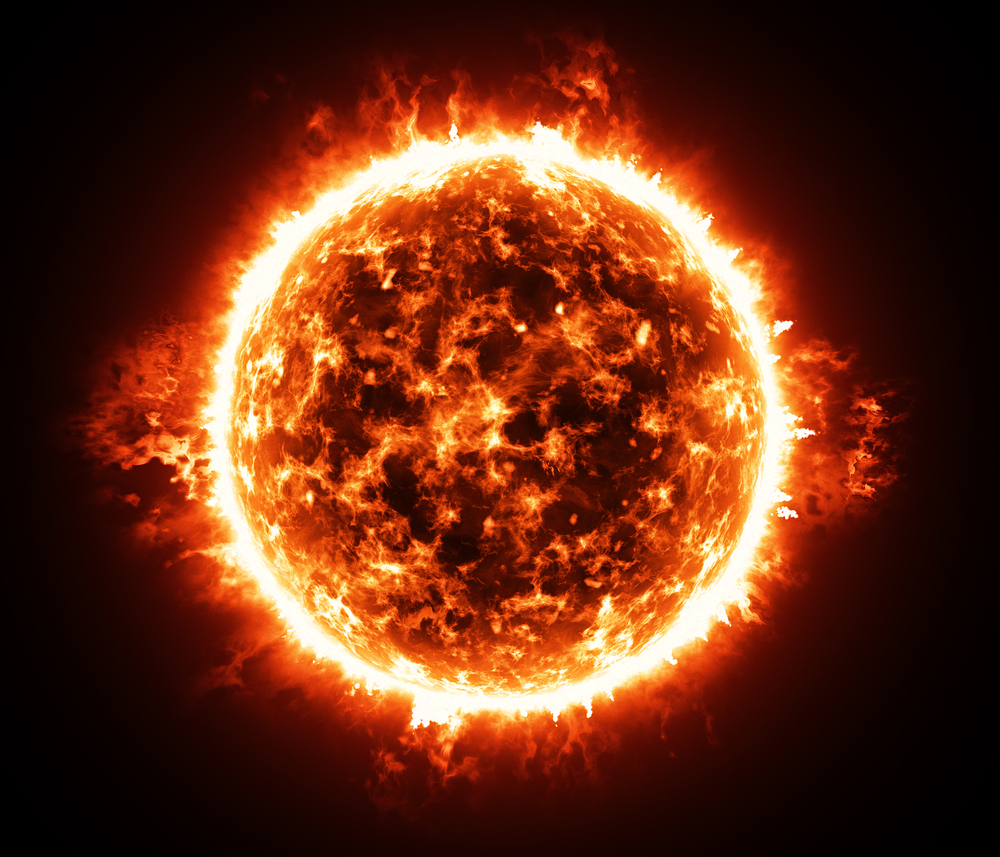
The amount of hydrogen that a star contains in its core is limited. Once it has exhausted all the hydrogen in its core, the nuclear fusion reaction in the core stops. The core starts collapsing inwards and its temperature increases. As the core becomes hotter, the star starts getting rid of its outermost layers. This causes the star to expand and its outer layers to become cool, giving it a reddish glow. The star is now called a red giant.
This red giant stage lasts for about 1 billion years. During this phase, the star tries to produce more energy to stay alive through complex nuclear reactions that use up the helium it contains. These reactions can only support the star temporarily. Gradually, these reactions start becoming unstable, so the star starts losing even more of its outer layers. Stars like the Sun continue this process until all the layers are shed and the core is exposed. At this stage, it is now called a white dwarf, and will slowly cool and fade away.
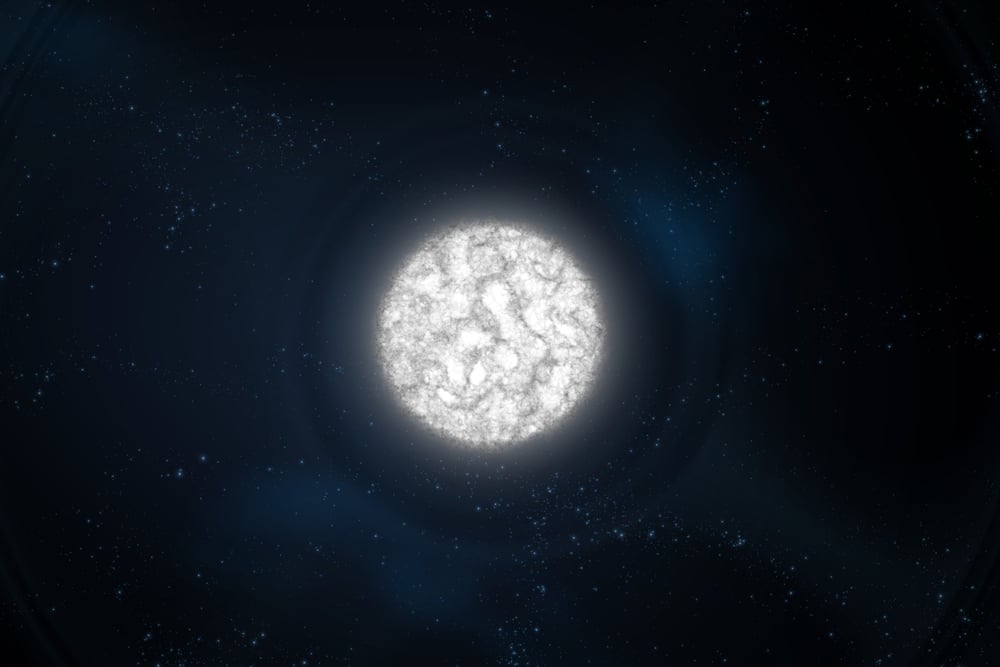
For a star with a mass greater than 1.4 times that of our sun, its first core will collapse inwards and then blow up in a gigantic explosion. This is called a supernova explosion. A supernova releases such an enormous amount of energy, that it can shine brighter than an entire galaxy for a few weeks. Such an explosion leaves behind either a neutron star or a black hole.
How Are Planets Formed?
When a star is formed, there is often a disc of gas, dust and debris around it. Particles of dust in this disc are the building blocks of rocky planets. Due to gravity and other forces, these particles collide with each other. If the collision is mild, these particles stick together. This process continues until rocks with slightly larger masses are formed. Now these rocks can pull even more particles towards them with the help of gravity. Through these processes, small planetary bodies called planetesimals are created. Similar to the smaller particles, these planetesimals collide and fuse to form planets.
If the distance between a planetesimal and its star is large enough, then its core is icy and it develops into a gaseous planet. This is due to the abundance of hydrogen and helium compounds in those regions. As a planetesimal grows, its gravitational pull also increases. As a result, it attracts all nearby material. In the case of a distant planetesimal, the surrounding materials are gases.
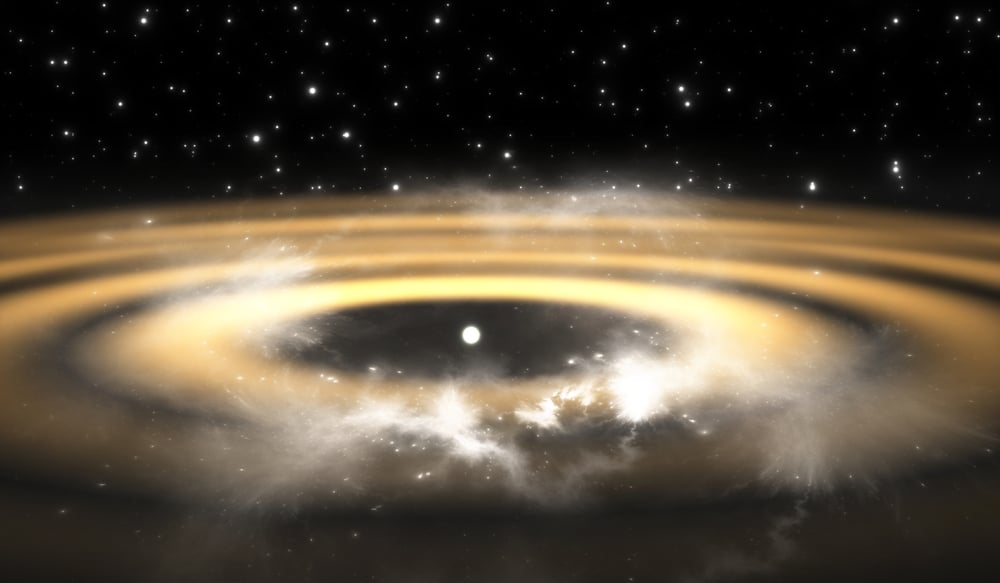
We can gather from this information that when a star dies, the debris it leaves behind is recycled to form new stars and planets. But, the question is, can a star turn into a planet directly?
The answer to that question is… yes! A star can turn into a planet, but this is true only for a specific category of stars called brown dwarfs.
What Are Brown Dwarfs?
Brown dwarfs are often called failed stars. They are objects that are too compact in size to be stars, but too huge to be planets. They have mixed features of both stars and planets. Their sizes range from twice the mass to 90 times the mass of Jupiter. Like a regular star, they are generally found at the center of their solar system and have planets orbiting around them. Unfortunately, they do not have enough gravitational force to support the nuclear fusion of hydrogen.
Even though a brown dwarf cannot support the fusion of hydrogen, it can support the nuclear fusion of heavy hydrogen (deuterium). Thus, early in its life, it gets energy from this reaction and gives off heat and light, just like a regular star. However, deuterium is found in limited amounts in the universe. As a result, a brown dwarf exhausts its deuterium fuel very quickly. After this, all reactions stop, and the brown dwarf stops the emission of heat and light altogether. It dims and cools down and starts resembling a planet. The result of this is a group of planets in orbit around a giant, central planet.
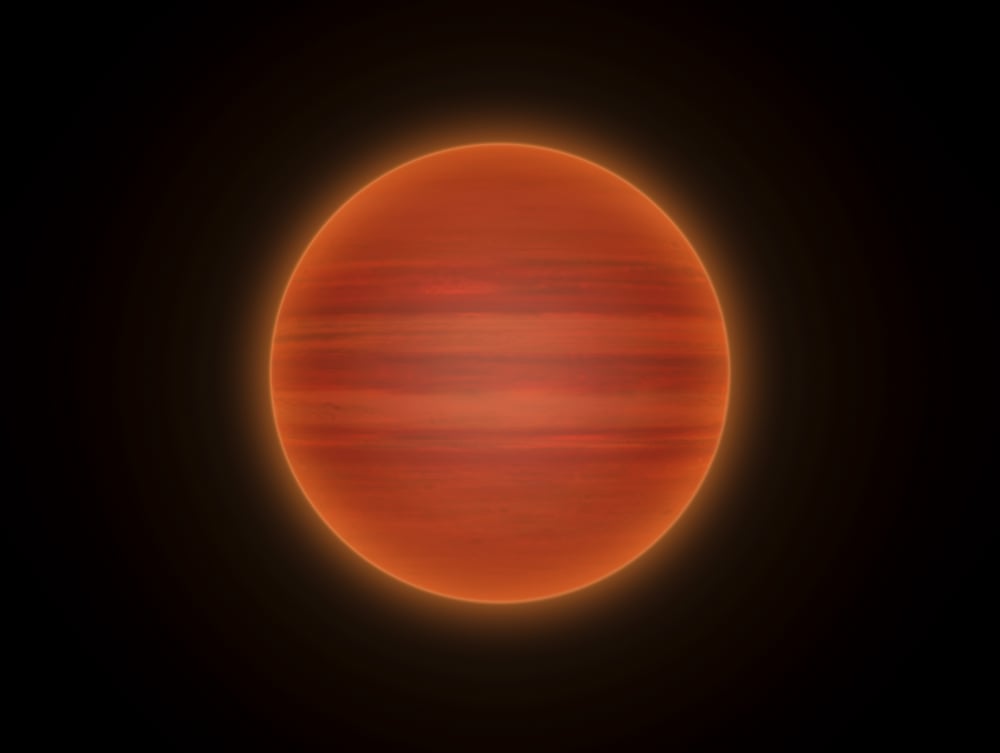
To date, only about 3,000 brown dwarfs have been discovered. The number is so small because brown dwarfs stop emitting light very early on in their life cycle. They are cool and dark for almost their entire life, which makes it difficult to spot them with conventional telescopes. It is suspected that the number of brown dwarfs in the universe may be close to that of regular stars. Brown dwarfs might also be able to make a small, yet substantial contribution to the mysterious identity of dark matter!

